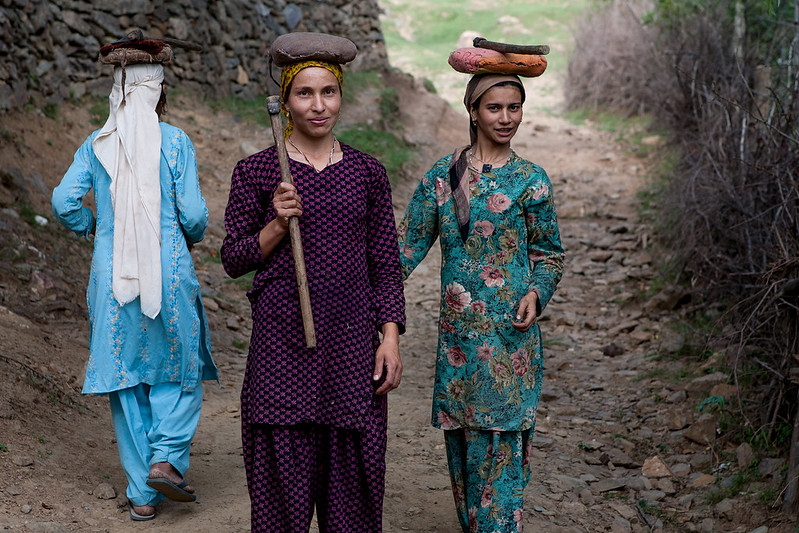Everything to Know About Poverty in Kashmir

The region of Kashmir is home to the “oldest unresolved international conflict” in the world. Since 1947, both India and Pakistan have laid claim to the entirety of the Kashmir region. Today, control over Kashmir is divided between India and Pakistan. The conflict has claimed thousands of lives and has caused the rise of poverty in Kashmir. The issues stem from the political instability and repressive government policies of the Indian state.
Factors Influencing Poverty in Kashmir
Several factors contribute to poverty struggles in Jammu and Kashmir, also known as Indian-occupied Kashmir. Many years of political instability, soaring inflation rates, the destructive earthquake of 2005 and the 2010 military Indian occupation of Kashmir Valley, Jammu and Ladakh, have severely impacted the lives of many communities residing in poverty in Kashmir.
One of the most pressing issues is the repressive and oppressive military occupation by the Indian Government. The U.N. condemns the human rights violations occurring as a result of military actions. In Kashmir, people are subject to a military curfew, which hinders their ability to engage in income-generating activities and attend school. Moreso, the area struggles with a shortage of necessities like clean water, food and health care services. Rising inflation also inhibits people’s ability to purchase basic necessities.
Poverty in Numbers
India’s first-ever Multidimensional Poor Index (MPI) report by NITI Aayog in 2021 reveals that around 12.5% of the population of Jammu and Kashmir lives in multidimensional poverty. The report derives data from the reference 2015-16 National Family Health Survey. Multidimensional poverty assessments considered several factors, such as the proportion of the populace facing deprivations of school education, maternal health and nutrition.
The report stated that, in Jammu and Kashmir, almost 26% of people endure nutritious food deprivations, 12.7% lack maternal health care and 47% endure a lack of proper sanitation. The largest proportion of people suffering from multidimensional poverty, 35.26%, lives in the Ramban district while Srinagar, the largest city in the state, noted the lowest percentage at around 1.5%.
The Impact of the COVID-19 Pandemic
The COVID-19 pandemic further exacerbated some of the issues related to poverty in Kashmir as citizens found themselves grappling with soaring rates of unemployment and the dangers of the coronavirus. During the height of the pandemic, three lockdowns impacted thousands of families that derived income and employment from the tourism, horticulture and trade industries.
As a result, many lost their jobs and their families’ sole sources of income. In March 2021, the Centre for Monitoring Indian Economy reported that almost 600,000 Kashmiris lost their jobs. Many Kashmiris live paycheck to paycheck and people working in the informal sector faced the harshest effects. In addition, the president of the Kashmir Chamber of Commerce and Industry (KCCI), Sheikh Aashiq, said that the situation in Kashmir was worse than in the rest of India due to the additional impacts of the government-led clampdown in August 2019.
While the government may not be adequately addressing the issues of the military occupation in Kashmir, it has recently completed several infrastructure projects in the area. Through the execution of the Prime Minister’s Development Package (PMDP) projects, the government is accelerating developments in infrastructure in Kashmir. These projects include improvements in hydroelectricity, schools and roads. So far, 21 projects have reached completion and the government had looked to complete nine more by the end of 2022.
These projects seek to improve the region’s economic situation and may well address some of the issues of poverty in Kashmir. However, for lasting change to occur, the government must also look to prioritize peace, stability and good governance in the area.
– Saad Haque
Photo: Flickr
